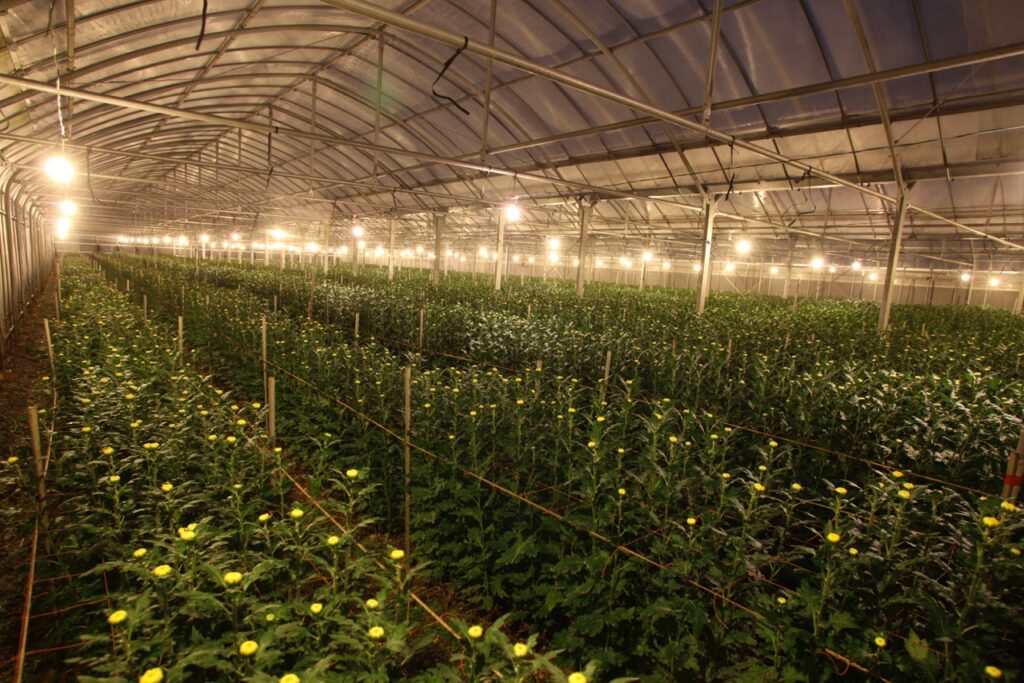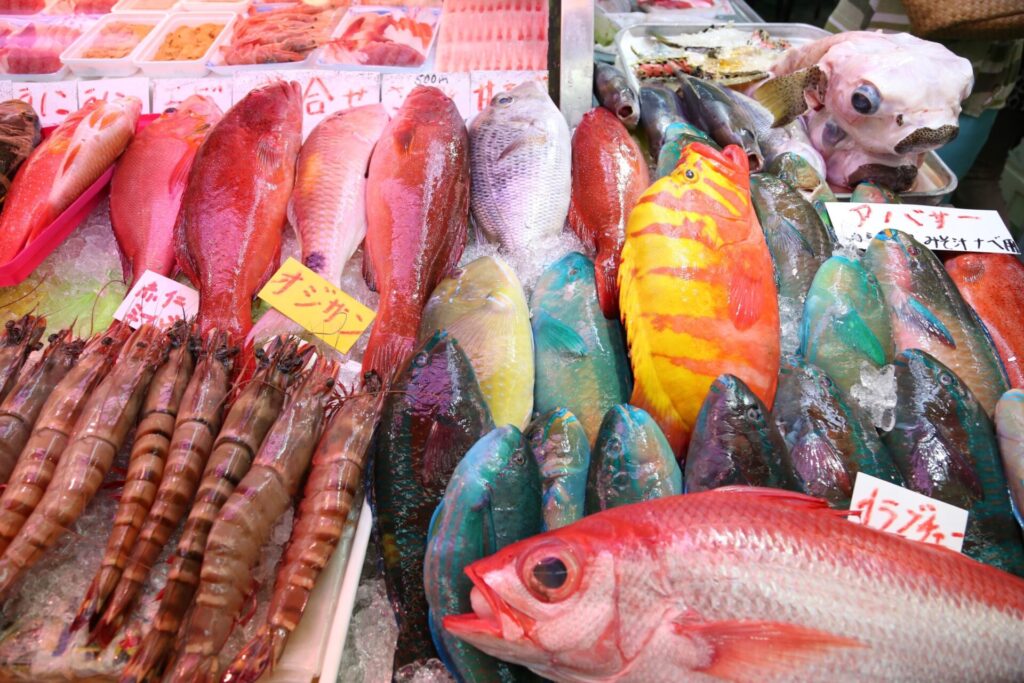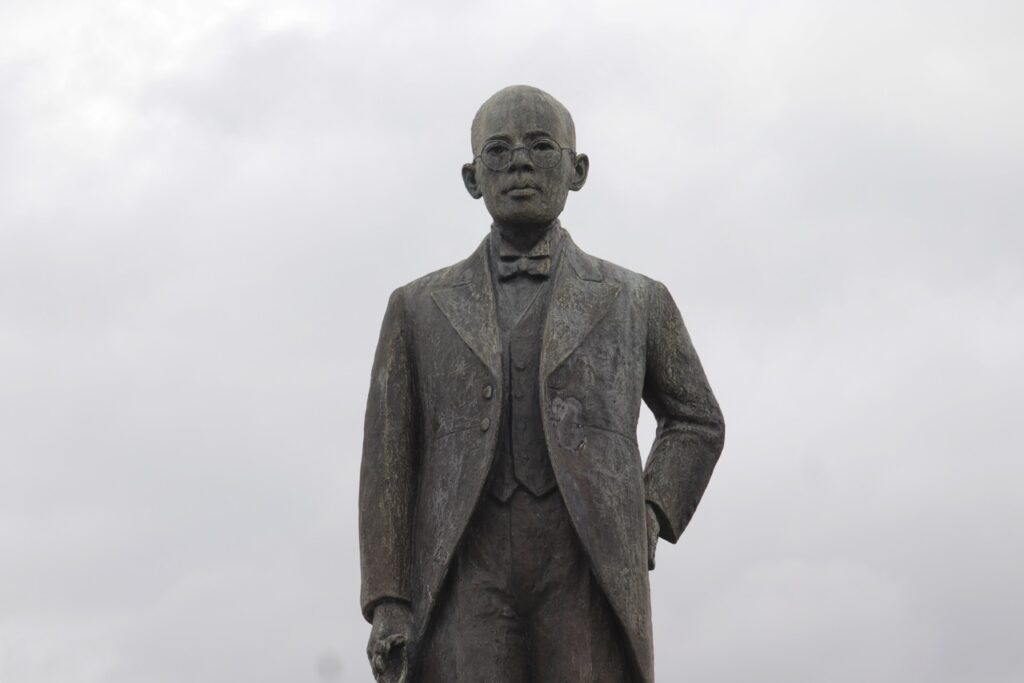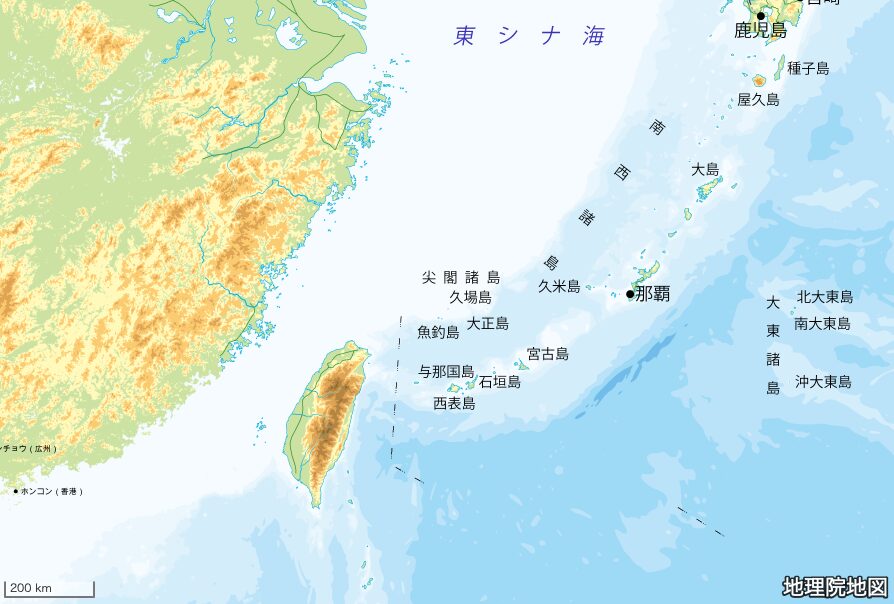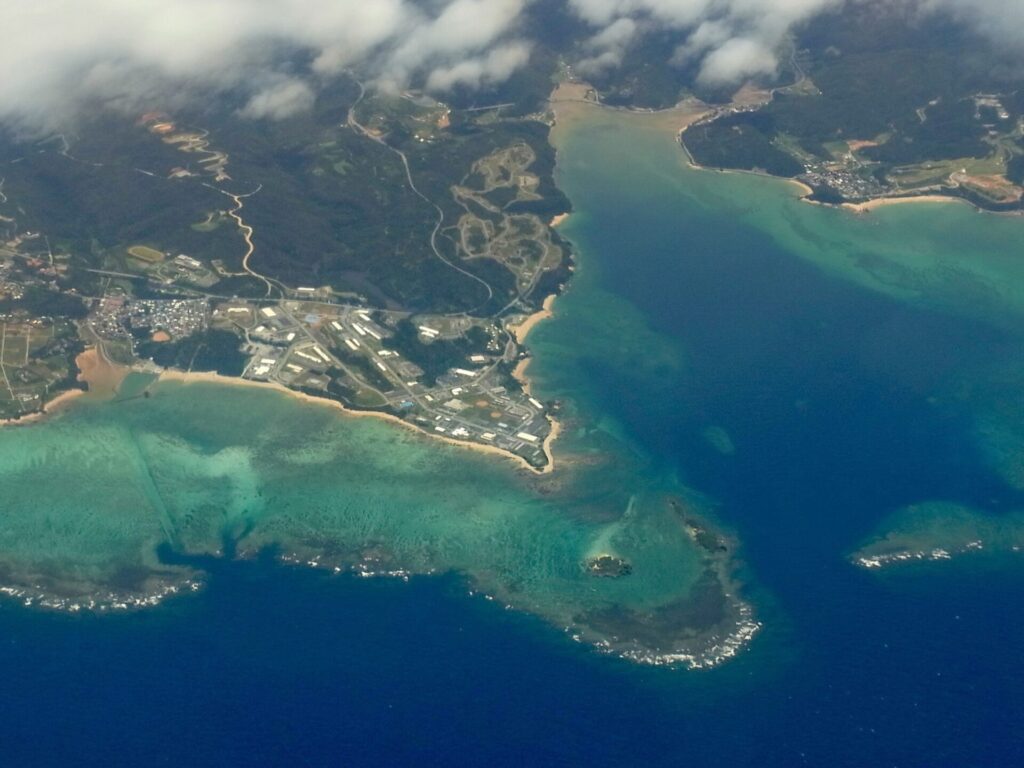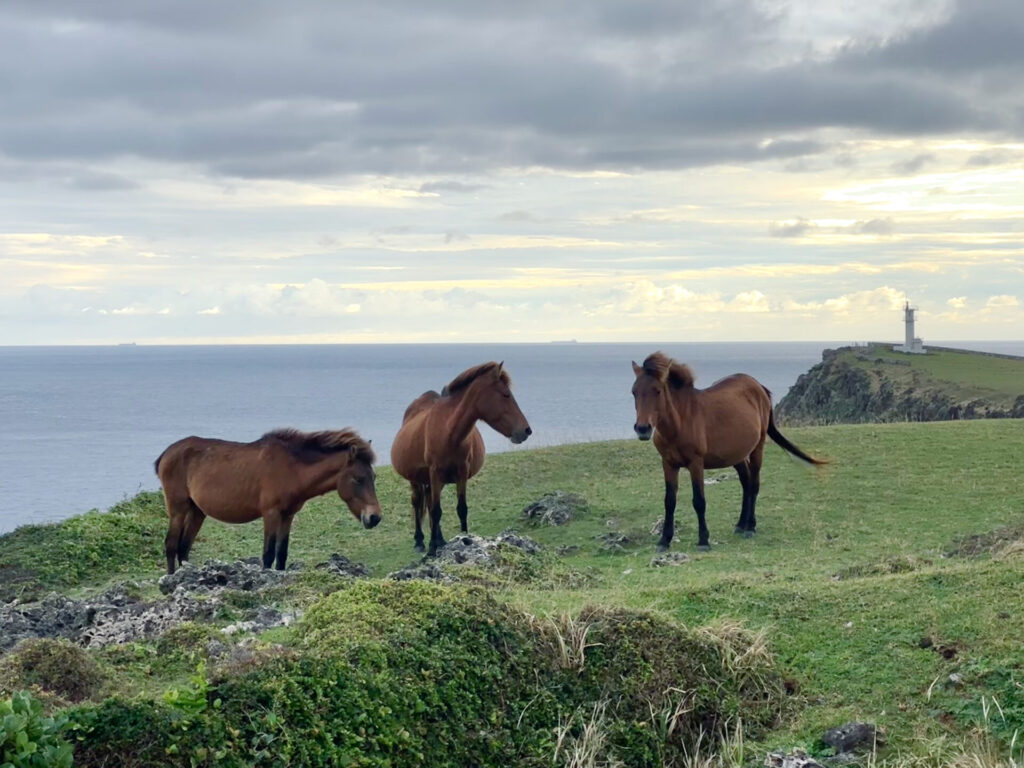Kūbu (Konbu kelp)

Photo: TARUMI Kengo
Kūbu means konbu (kelp). It is one of the main ingredients, along with pork and tofu, used in Okinawan cuisine and can often be found in everyday meals. According to the national database, the average Naha resident consumes around 1,969 grams of konbu per year, the highest figure among cities in Japan1 (it is rather incredible that someone surveyed such a thing.) Consumption may be high, but konbu is not harvested in Okinawa. Instead, places like Rishiri and Hidaka in Hokkaido are known for their konbu. As it is now a part of the diet in Okinawa, konbu must have long been available for ordinary households, but how did it reach the islands?
After doing some research, I learned that the sales of brown sugar were turned into a fund for purchasing konbu in the Edo period. Konbu from Hokkaido was loaded on the kitamae-bune (meaning north-bound ships, referring to those that traveled on the Sea of Japan from Hokkaido to Osaka) and shipped to the Kansai region, Shimonoseki and Moji. Okinawan brown sugar was also brought to Osaka by Satsuma merchants, but some were also shipped to Shimonoseki and Moji. In order to cover the cost of purchasing brown sugar, the Satsuma merchants came up with the idea of selling konbu to the Ryukyu Kingdom. Since the Satsuma Domain had the initiative, they must have sold konbu exclusively for whatever price they wanted. On the other hand, konbu was also one of the main export items to China, along with sea cucumber and abalone, and large amounts were shipped via Ryukyu. Perhaps some of the konbu was consumed in Okinawa as well. I found out that Ryukyu, which was mistreated by the Satsuma Domain, and Yezo (Hokkaido), exploited by the Matsumae Domain, were connected by the trade of konbu.
Okinawan kūbu dishes are delicious. Most of the time it is served as kūbu-irichi, shredded and stir-fried konbu. Kūbu-machi (konbu rolls), made with fish such as tuna and swordfish rolled inside konbu then boiled, are often found in the festive meals prepared for occasions like the Ching Ming Festival.
Okinawans don’t make broth from konbu. Perhaps it was too precious to make broth, only to then be thrown away. After all, the Okinawans have plenty of bonito flakes and pork to make broth.
Editor’s Note:
- The data is from 1983. The consumption of konbu has since lowered along with the Okinawans’ life expectancy, which was once the longest in the world. The average household consumption of konbu in Naha is 287 grams, meaning that it is now tenth on the list.







